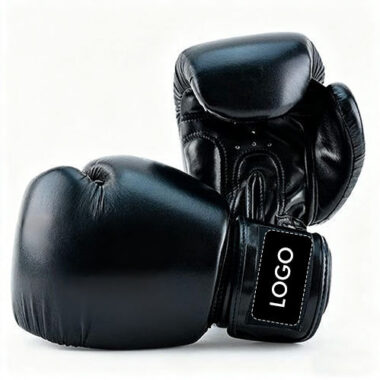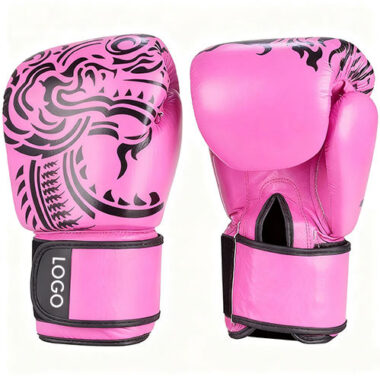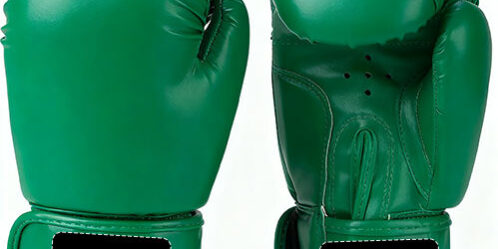🧠 Introduction: Choosing Between Tradition and Technology
For decades, leather boxing gloves were considered the gold standard in combat sports. However, the rise of PU (polyurethane) synthetic leather has introduced cost-efficient, lightweight, and eco-friendly alternatives. For procurement managers, understanding the trade-offs between both materials is crucial to align product design with target markets and pricing tiers.
To ensure consistent material quality, many importers work with certified Boxing Manufacturers who maintain standardized testing for tensile strength, abrasion resistance, and chemical stability. For in-depth product variation and OEM options, Boxing Gloves Manufacturers offer comparative samples and data sheets tailored to professional, retail, and training segments.
🧩 1. Material Composition Overview
The distinction between leather and PU boxing gloves begins at the molecular level.
-
Genuine Leather: Made from animal hide (commonly cowhide or goatskin). Each layer is unique, offering natural breathability and tear resistance.
-
PU Synthetic Leather: Crafted from polyurethane resin coated on a textile base (usually polyester or nylon). The result is a uniform surface that mimics real leather appearance with improved flexibility.
Both materials can be laminated, embossed, or treated for texture and color consistency — crucial for OEM branding consistency.
🧱 2. Durability and Longevity
Durability determines a glove’s lifespan and suitability for training intensity.
-
Leather Gloves: Last longer under heavy bag use, thanks to superior tensile strength and elasticity. They resist cracking and shape deformation.
-
PU Gloves: Offer decent durability for light training but may degrade faster under humidity and repeated compression.
For professional fight gyms or export-grade products, full-grain leather remains the benchmark, while PU fits perfectly for mass-market or beginner-level lines.
⚙️ 3. Cost and Production Efficiency
Material cost is one of the primary drivers of sourcing decisions.
-
Leather can cost 2–3× more than PU, depending on grade and tanning process.
-
PU production supports automated lamination and cutting, improving consistency and throughput.
-
Leather gloves require skilled craftsmanship and longer curing times, increasing labor costs.
OEM factories often recommend a hybrid approach — leather on the impact zones and PU on non-contact areas — to balance cost and performance.
🪡 4. Comfort, Flexibility, and Breathability
The user experience depends heavily on internal temperature regulation and flexibility.
-
Leather: Naturally porous, allowing sweat and heat to escape. Over time, it molds to the user’s hand for a custom fit.
-
PU: Non-porous but lighter. When paired with ventilated mesh palms or micro-perforations, it provides adequate breathability for casual users.
Brands targeting humid regions can specify perforated PU panels to improve ventilation and comfort.
🧴 5. Maintenance and Care Requirements
Care and cleaning directly affect long-term usability:
-
Leather Gloves: Require conditioning every 1–2 months with natural oils or leather balms to prevent cracking. Avoid direct sunlight.
-
PU Gloves: Easier to maintain — wipe with a damp cloth after training. PU surfaces resist odor buildup and color fading better than untreated leather.
Gyms or training centers often prefer PU gloves for shared use, while individual athletes invest in leather for personal performance gear.
🎨 6. Branding and Market Segmentation
Each material suits a distinct market segment:
| Material | Target Market | Key Selling Point |
|---|---|---|
| Genuine Leather | Professional Fighters | Durability & Prestige |
| PU Synthetic | Gyms & Retail Chains | Affordable, Easy Maintenance |
| Hybrid Construction | OEM Brands | Balanced Cost & Comfort |
Brand differentiation comes from finishes — matte leather for a classic look, glossy PU for modern appeal, or textured embossing for visual depth.
🧰 7. Sustainability Considerations
Sustainability increasingly shapes procurement decisions.
-
PU Options: Can be produced with water-based solvents, reducing VOC emissions.
-
Leather Alternatives: Some tanneries now offer vegetable-tanned leather, minimizing chemical runoff.
-
Recycled PU: Emerging as a popular choice for eco-friendly OEM boxing lines.
Factories focused on green manufacturing attract global buyers seeking eco-certified sports gear.
✅ Conclusion
Both leather and PU boxing gloves have their place in today’s market. Leather excels in performance, durability, and prestige, while PU offers scalability, affordability, and easier maintenance. For B2B buyers, the ideal material depends on your customer base, budget, and brand positioning.
Collaborate with experienced Boxing Gloves Manufacturers to compare real-world samples and testing data, and partner with global Boxing Manufacturers to ensure consistent sourcing, hybrid design integration, and long-term production stability.





















